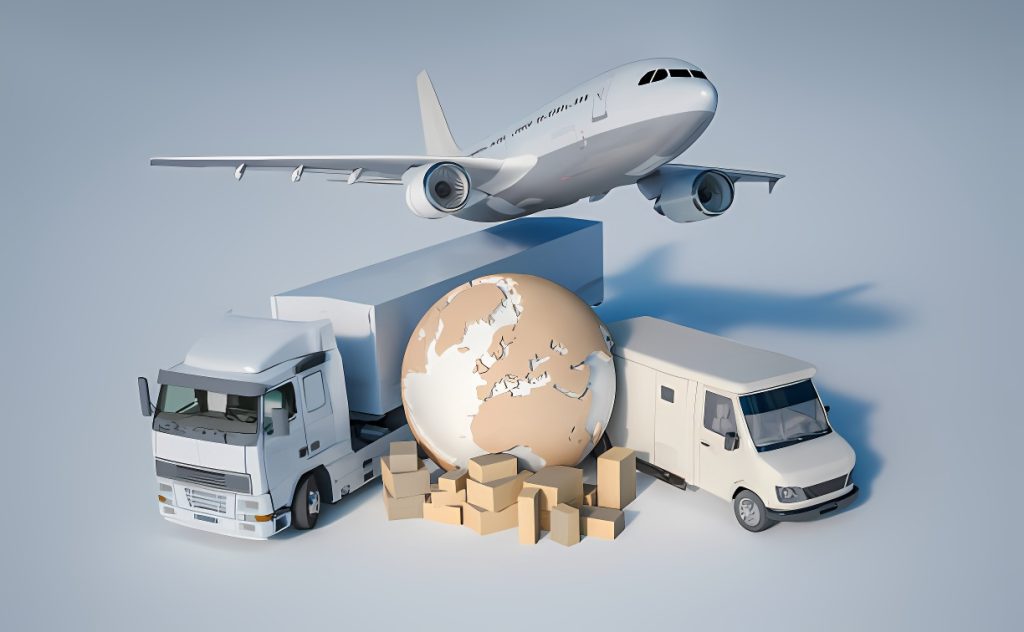When engaging in the importation of goods from China, it’s crucial to explore effective strategies to minimize tariffs and ensure a smooth customs clearance process. This article outlines two primary methods: Under-Declared Parcel Value and Double Customs Clearance.
- Under-Declared Parcel Value:
One effective method to reduce tariffs is to employ under-declared parcel values. This involves lowering the declared value of the goods in the parcel, subsequently decreasing the customs duties upon its arrival in the destination country. However, it’s essential to be aware of the associated risks:
- Customs Inspection Risk: If destination customs authorities inspect the parcel and find a significant variance between the declared and actual values, questions may arise, leading to potential delays and inquiries.
- Documentation Requirements: In the event of an inspection, additional documentation may be necessary for approval, in accordance with the destination country’s legal regulations.
When we ship the products you’ve ordered, we leverage our past experience and engage in discussions with you regarding the declared value of the goods. This is done to ensure that your package is delivered to you safely and securely.

- Double Customs Clearance:
Another strategic approach is double customs clearance, a process intertwined with international logistics. This involves managing both the export declaration in the exporting country and the import declaration in the importing country. Key aspects include:
- Logistics Strength: Entities involved must possess robust customs clearance capabilities at various ports in China.
- Purpose: Double customs clearance ensures a seamless process in both the exporting and importing countries, especially for non-standard products or those with unique requirements.
- Comparison with DDP: While similar to DDP (Delivery Duty Paid), the difference lies in the customs broker acting as the customs clearance agent, creating joint liability and risk.
Application Scenario of Double Customs Clearance:
- Special Commodities: This approach is suitable for special commodities facing challenges in normal customs clearance or when documentation such as licenses is unavailable.
- Cost Considerations: Double clearance tax packages are advantageous when the total cost of freight and destination country tariffs surpasses the expense of double customs clearance transportation.
Choosing Double Clearance Services According to Goods:
Generally, two types of goods are suitable for double clearance and tax-included services:
- Goods exceeding the customs threshold of the destination country.
- Goods facing complexities in normal customs clearance, such as cosmetics, liquid products, live broadcast items, battery products, food, books, brand products, etc.
Conclusion:
Careful consideration of the destination country’s regulations and requirements is vital when choosing between under-declared parcel value and double customs clearance. Both methods aim to reduce tariffs, but it’s crucial to weigh the associated risks and benefits, ensuring a successful and compliant importation process.




